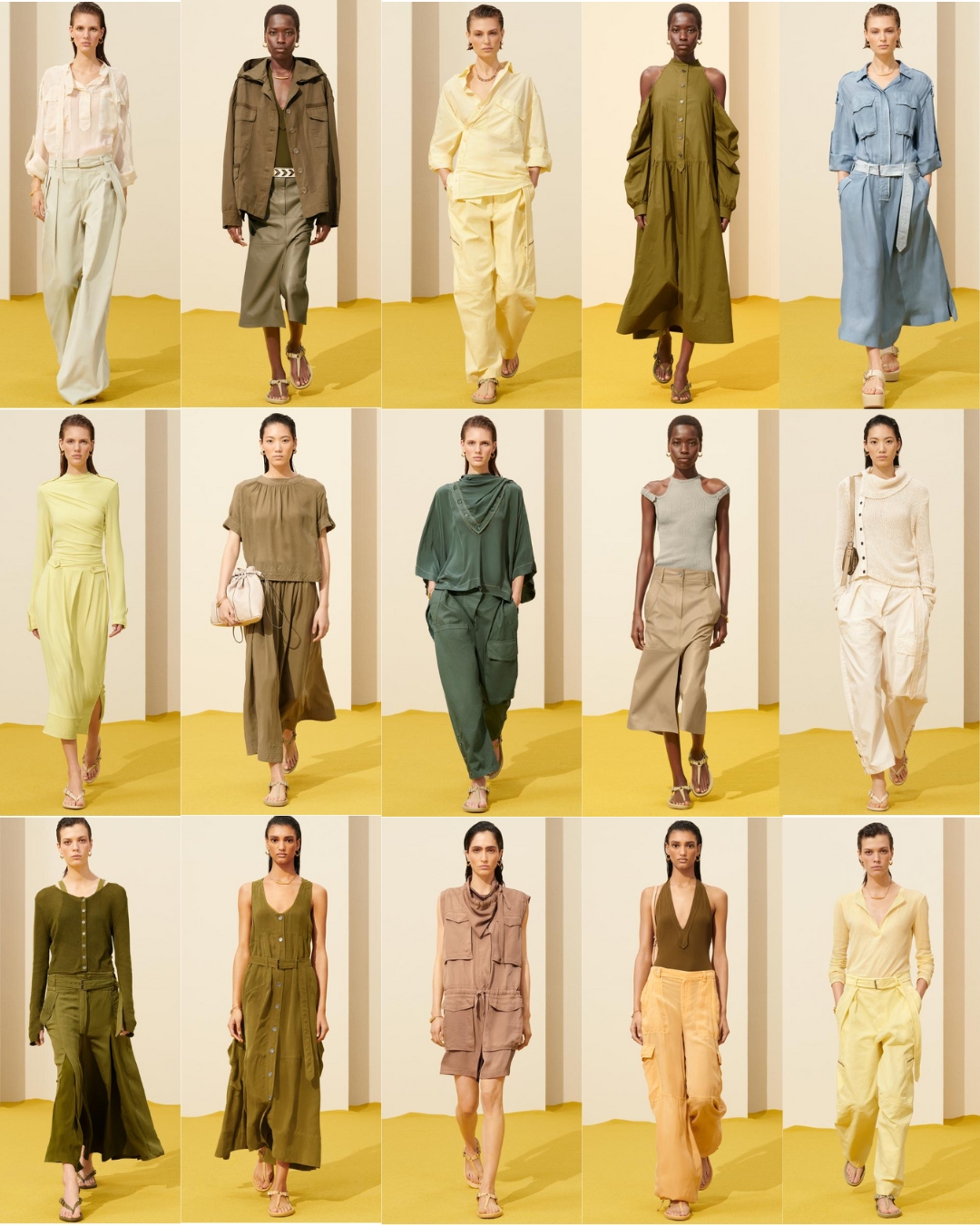The potential of the African textile industry
The development of a strong African textile industry depends on mastering the transformation of raw materials. We need factories that meet international standards and skilled personnel to create a virtuous ecosystem. All stages of the textile chain, from cotton cultivation to the manufacture of finished products, must be carried out on the continent. These are the conditions needed to reduce dependence on the rest of the world.
Can Made in Africa become a marketing argument?
Today, Made in Africa production is not considered a marketing argument. When a company wants to highlight the virtuous nature of its sourcing strategy, it presents a school in Vietnam or Bangladesh. It explains how it invests in educating girls and improving working conditions for women. And Greenwashing experts are on hand to confirm the reality of fashion brand ethics. Every sustainable development statement is treated as a key issue. Indeed, the risk of boycott is high, so every piece of information must be substantiated to avoid scandal.
What are the opportunities for developing an African textile industry?
In such a context, factory owners based in Africa can benefit from an opportunity to offer a fair trade alternative with a low carbon footprint. In fact, the advantages of textile production in Morocco or Tunisia are well known. In the 80s and 90s, the success of French fashion brands was based on reactivity, with reorders manufactured in France or North Africa. Guaranteed lead times for production in the Maghreb for a company headquartered in France are no more than 6 weeks for a well-known product with an available material. Moroccan denim factories are recognized as some of the best on the market. The skills of local teams are sought after to ensure sourcing of the best denim qualities in particular.
The Inditex group keeps Africa’s textile industry on the move
The Inditex group is a powerful client with large order volumes and advantageous payment terms. Subcontractors of the fast fashion giant’s flagship collections are highly dependent on it. This situation is not ideal, but few brands can compete with the global champion of mid-range fashion.
Subcontractors busy processing orders from this priority customer have little time to reduce their dependence. They don’t respond to potential requests from other brands. They have no time for prospecting. When Zara offers update capsules, over 90% of the ready-to-wear collection is manufactured between Morocco, Portugal, Spain and Italy. An analysis of the sourcing of the latest Zara SRPLS collection is a fine demonstration of the quality of Moroccan factories, which are involved at several stages: weaving, dyeing and printing, and making the products.
Soeur et Rouge manufactures in Africa
The sourcing strategies of high-end French fashion brands such as Rouge and Soeur are further proof of the quality of North African know-how. These two brands have placed their entire denim collections in Tunisia. Denim made in Africa is therefore highly prized by a demanding clientele in search of premium products.
- The Rouje brand offers a collection of straight-cut jeans made entirely in Tunisia and sold for 145€ (assortment survey e-commerce site April 22, 2024, 17 jean references).
- Visit Soeur brand offers a collection of jeans, chambray and other fabrics made entirely in Tunisia, with selling prices ranging from €145 to €325 (assortment survey e-commerce site April 22, 2024, 28 denim references).
Africa’s textile industry faces unfair competition
In fact, Asia’s competitiveness remains undeniable. The maintenance of customs conditions more favorable to Chinese imports is hindering the development of exports of products manufactured in Africa to Europe. The will of African industrialists alone is not enough to overturn an established order. The economic stakes are becoming political. When factories in the Maghreb produce for the local market, they face competition. On the one hand, they have to compete with goods of relative quality manufactured in Turkey or China, and on the other, they face competition from second-hand goods. As the minimum wage remains low, local populations consume this low-end offer. They shun products made in Africa, deemed too expensive.
Competing with first- and second-hand exports
To meet international standards, African factories have high quality grades. That’s right, They are regularly audited by reference organizations. The prices they can offer the local market correspond to Western standards for top-of-the-range brands. Temptations to limit imports of first- and second-hand finished products are legitimate. China, expert in protecting the interests of its local industry, could be an example to follow. But a similar policy requires self-sufficiency.
In conclusion, the development of a strong African textile industry is hampered by external interests. But national preference is a lever for preserving the trade in traditional fabrics, which are being copied by Chinese factories offering attractively priced versions of Bogolan, Kente and Wax. The African middle class and diaspora are reclaiming local heritage and becoming true ambassadors for the African textile industry.
Read also




